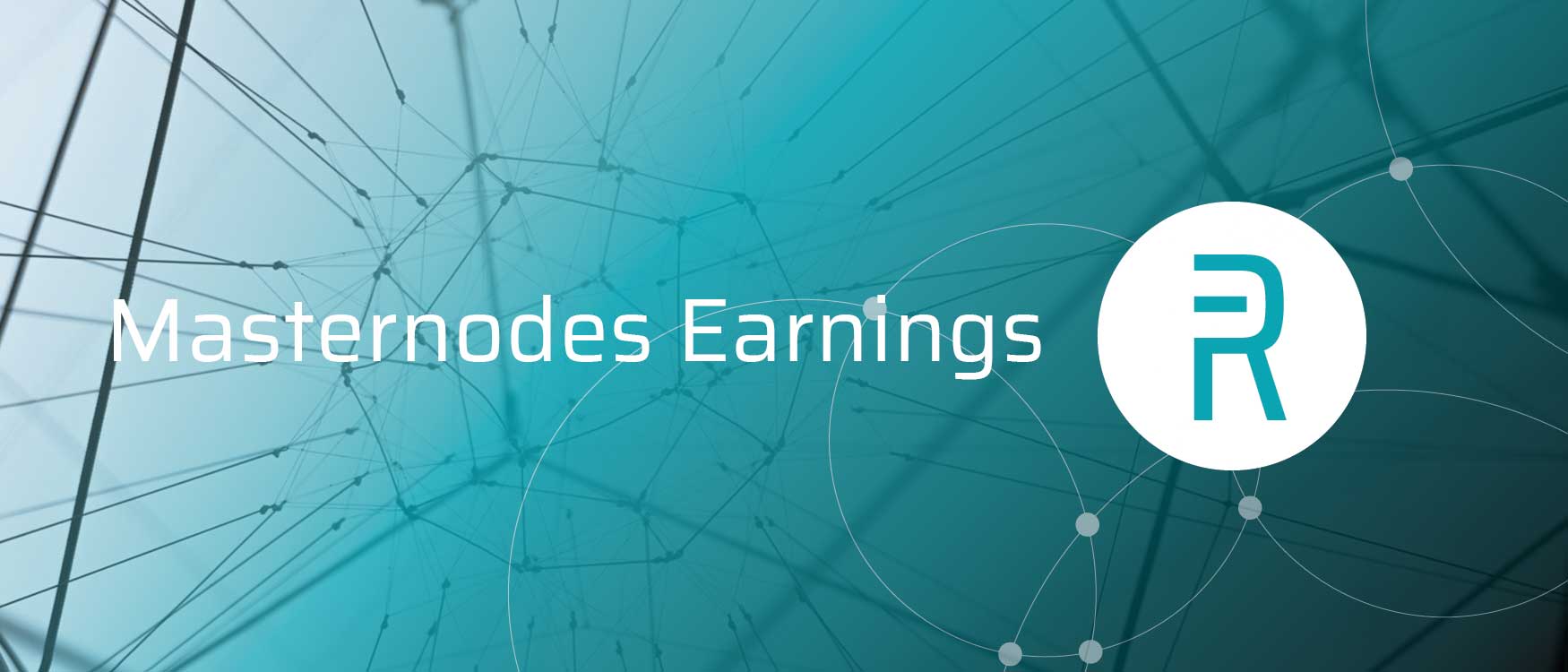Dear community,
This week was a big one for the whole REBL community with the release of the masternode plan. In the coming months, you can expect multiple updates on this. We will dive deeper into various subjects regarding the masternodes — such things as the functionality, technology and a ‘how to run a masternode’ manual. We will cover all aspects and leave no questions on the table.
Today we’ll cover the update in regard to the masternode earnings model. You can find the earnings model on the following page: Masternodes
First to clarify the REBL Masternode ROI System.
The ROI percentage will proportionally decline as the number of masternodes increase. The numbers in the scheme are anchor points, not steps.
For example:
At 249 MNs the rewards in the first year will be 78,55%.
At 250 MNs the rewards in the first year will be 78,24%
At 251 MNs the rewards in the first year will be 77,93%
At 1000 MNs the rewards in the first year will be 19,56%
This is due to a static block reward for the first three years. The more masternodes active in the network, the longer it takes for a masternode to gain a block reward, hence the yearly ROI declines.
The distribution of this economic model will be rolled out, at first, in what we believe to be the most optimal way to create a stable network and have the reward system in balance. The reason for such high rewards when there are under 250 active masternodes is to stimulate stability. This builds assurance that we will always have at least the minimum number of masternodes active on the network that we feel is necessary. To clarify, the more masternodes that are active, the more stable the network becomes.
The rewards for staking nodes
The percentual ROI for the stake reward is targeted between 5% and 10%. The rewards for the staking nodes also depend on multiple variables.
– The number of coins locked in masternodes — the more coins locked in masternodes, the bigger the rewards for the staking nodes.
– The number of coins in circulation (not at stake in nodes) — the fewer coins being staked in nodes collectively, the bigger the reward for the stake nodes.
It is nearly impossible to create a multi-year model like this with multiple unknown variables. Therefore this model will be regularly revised on feedback loops.
This basically means that as time progresses, we gather more and more data on the network. An algorithm will be in place to tune the numbers and optimize the model.
An important note: the above reward system excludes the Auditing rewards and the Client masternode systems — the other two factors of the REBL triple incentive program. These variables will add even more value for all nodes in the network once they are combined.
Stay tuned for more information on the triple incentive program and all you need to know about REBL masternodes!
